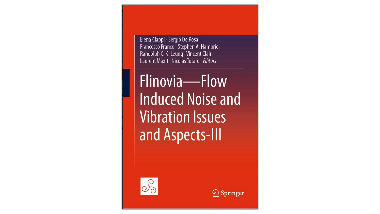Mitigating flow-induced noise is currently a major goal in the acoustic design of automotive and aircraft cabins. In order to avoid the introduction of active or massive components, structures made up of backed or unbacked micro-perforated panels (MPP) are potential lightweight solutions that could enhance the absorption and decrease the transmission of flow-induced noise. The present work describes experimental and modelling studies that examine the effect of MPPs, either flush-mounted or in a recessed configuration, on the wall-pressure fluctuations induced by a low-speed turbulent boundary layer (TBL) of air. The first part of this paper focuses on the vibro-acoustic properties of flush-mounted MPP-Cavity-Panel partitions forced by an aero-acoustic excitation. Parametric studies are carried out that show the influence of the MPP and of the excitation parameters on the absorption and transmission loss of the partition. In a second part, experimental studies and Lattice-Boltzmann simulations are presented that examine the effect of a recessed MPP, located at the floor of a shallow cavity, on the attenuation of the tunnel-cavity resonances and of the broadband noise components under a low-speed TBL.


